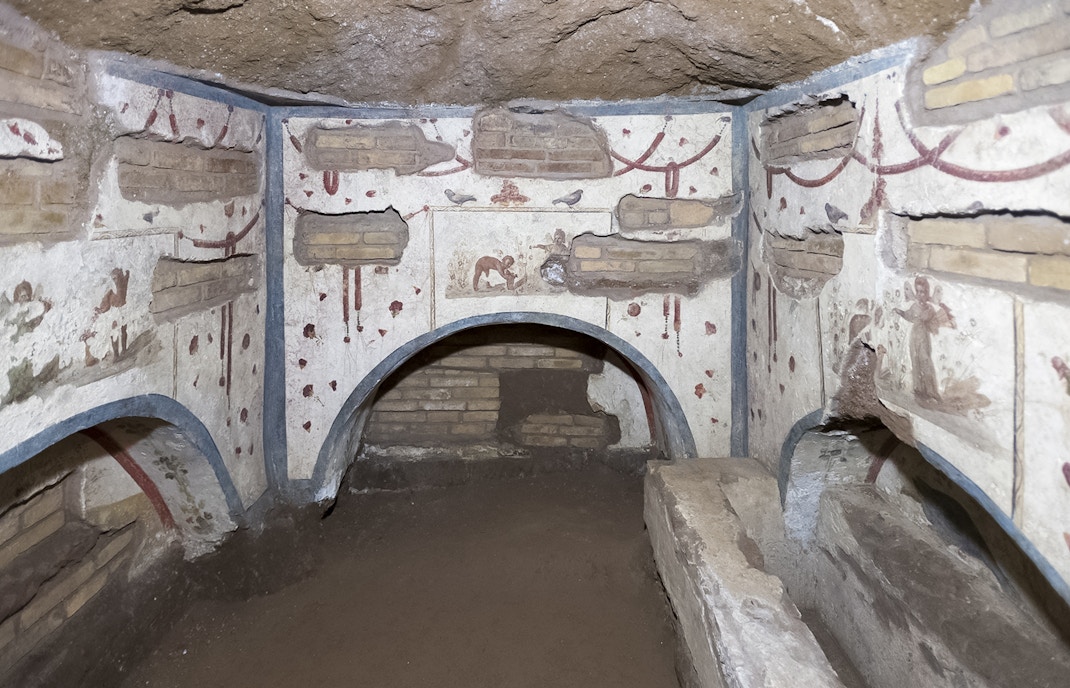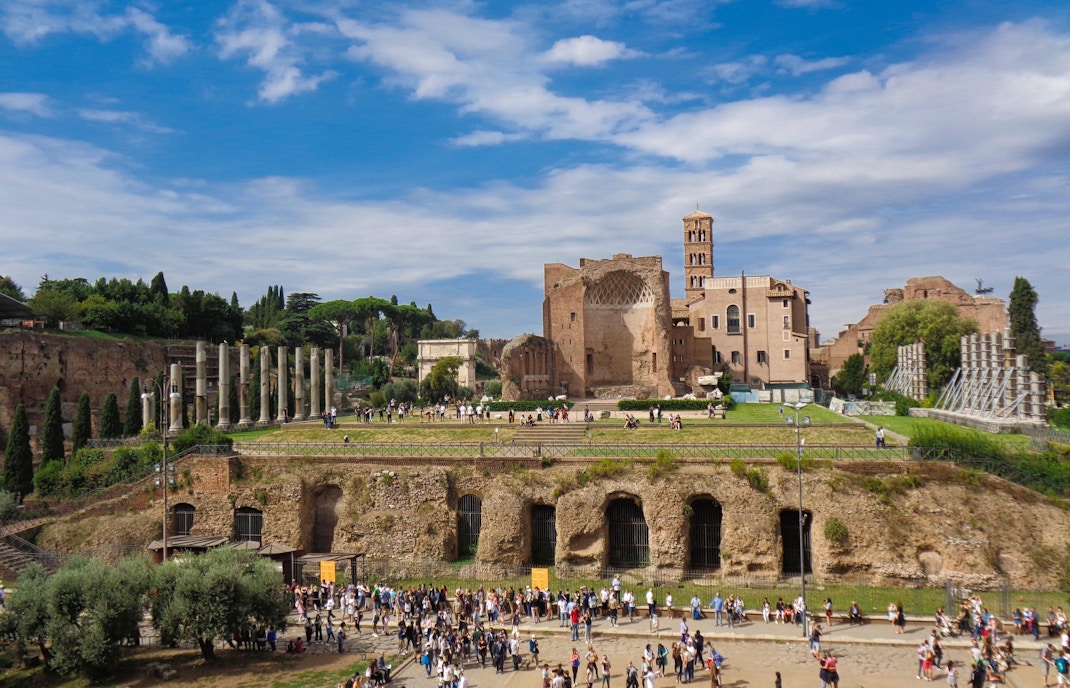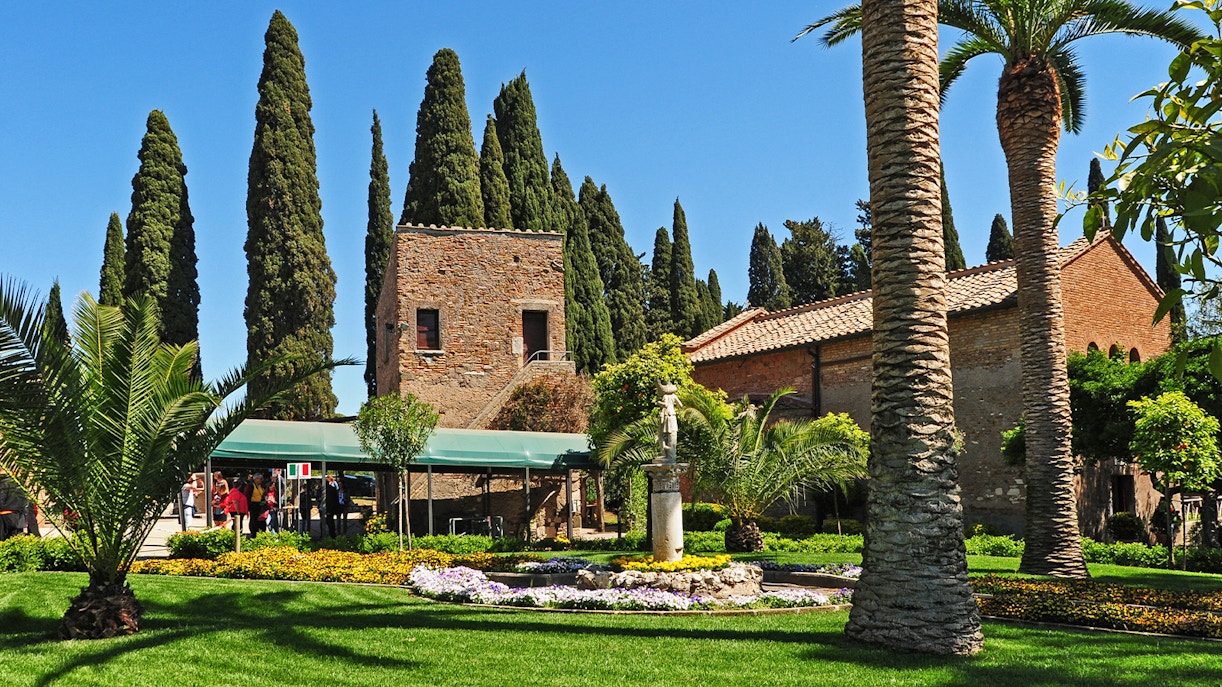Religious Significance and Early Christian Practices
For early Christians, the catacombs served as sacred burial grounds. While the concept of catacombs originated from Jewish burial practices, by the end of the 6th century, there were over 60 Christian catacombs. These catacombs not only provide a resting place for the deceased but also served as a connection point for various Christian communities. The art within the catacombs depicted social hierarchies and conveyed the ideals and worldviews of early Christians during the first few centuries.
Some scholars suggest that the catacombs were primarily utilized for memorial gatherings more than anything else, and were not really used as hiding places during periods of persecution.
Burial Customs and Rituals Within the Catacombs.
Excavators known as fossors constructed vast systems of galleries and passages within the catacombs, creating a multi-leveled underground network. These galleries, descending several stories, were joined by narrow steps. The passages themselves were approximately 2.5 by 1 meter in size, while burial niches called loculi were carved into the walls.
Bodies were placed within stone sarcophagi in their clothing and wrapped in linen, with the chamber sealed by a slab bearing details such as the name, age, and date of death. The surviving fresco decorations provide valuable evidence of Early Christian art, initially featuring Roman styles adapted for religious purposes Some families were even able to construct rooms called cubicula, which housed multiple loculi and provided architectural elements for decorative purposes. They were essentially family tombs, where deceased family members could rest together.









